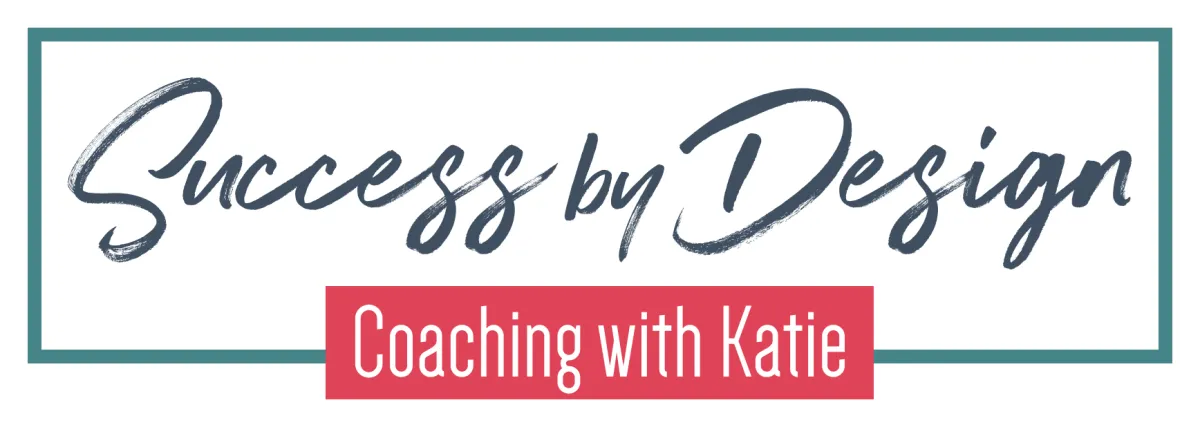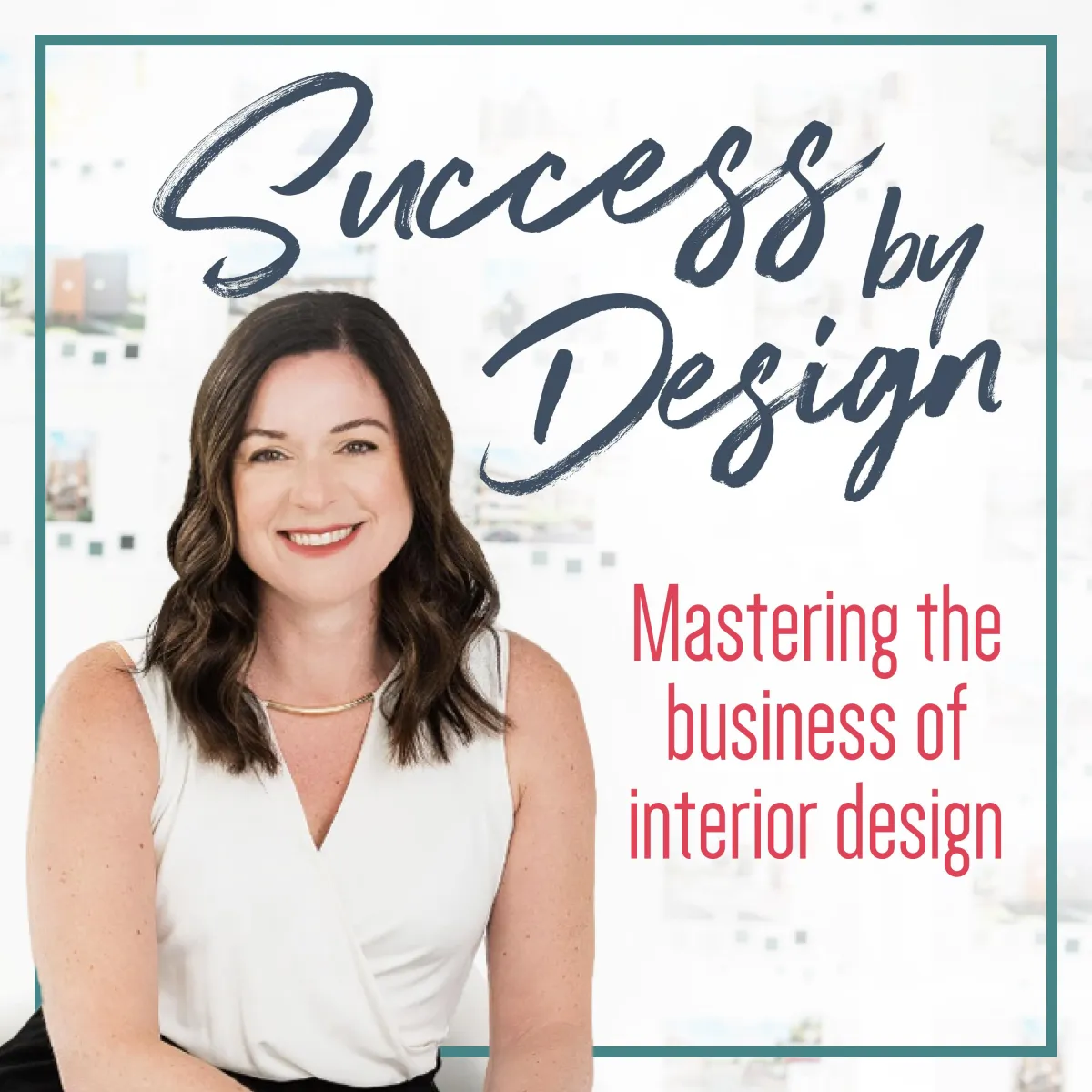Welcome To
The Cut Sheet

All Blogs
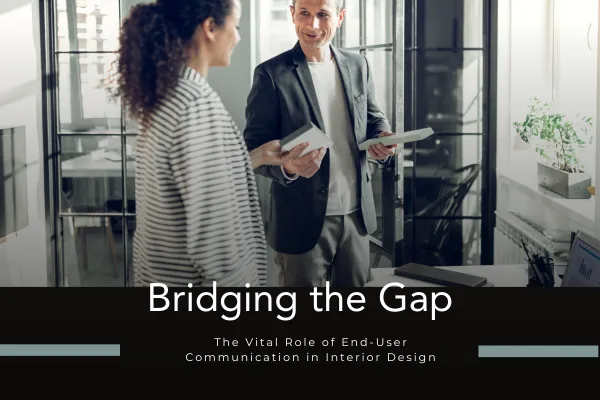
Bridging the Gap: The Vital Role of End-User Communication in Interior Design
Interior design is not merely about creating visually appealing spaces; it's about crafting environments that seamlessly integrate form and function.
To achieve this delicate balance, communication with the end user becomes paramount. By adopting the Jobs Model, interior designers can gain valuable insights into how individuals use a space, ultimately enhancing the overall design experience.
The Jobs Model: Understanding the Basics
Coined by business theorist Clayton Christensen, the Jobs Model centers around the idea that

customers "hire" products or services to do specific "jobs" for them. In the realm of interior design, spaces are designed to fulfill various roles or jobs for the end user. These jobs can range from relaxation and entertainment to productivity and collaboration.
Why Communication Matters
Tailoring Designs to Individual Needs: Engaging with end users allows interior designers to understand their unique requirements. What works for one person may not work for another, and by soliciting feedback, designers can tailor their creations to suit the specific needs of those who will inhabit the space.
Enhancing Functionality: The Jobs Model emphasizes the importance of functionality in design. By speaking directly to end users, designers can gain insights into how a space is intended to function. This input is invaluable for optimizing layouts, furniture choices, and overall design elements to enhance the functionality of the space.
Catering to Emotional Needs: Spaces have a profound impact on emotions and well-being. By conversing with end users, designers can uncover the emotional jobs a space needs to fulfill. Whether it's creating a cozy reading nook or a vibrant social area, understanding the emotional aspects of a design ensures that the final result resonates with the users on a deeper level.
Avoiding Assumptions: Design assumptions can lead to spaces that miss the mark. Speaking directly to end users helps designers avoid making assumptions about how a space should look or function. This proactive approach ensures that the design aligns with the users' expectations and lifestyle.
Case Studies: Success Through Communication
Residential Spaces: In a residential setting, communicating with homeowners is crucial. Understanding their daily routines, family dynamics, and personal preferences enables designers to create living spaces that seamlessly integrate with the residents' lives.
Office Environments: In a corporate setting, engaging with employees is essential for effective workspace design. By understanding the tasks and collaborations occurring within the space, designers can optimize layouts, furniture choices, and lighting to enhance productivity and employee satisfaction.
In the ever-evolving landscape of interior design, the Jobs Model emerges as a beacon, guiding

designers towards a holistic understanding of how spaces are meant to function for end users. To embark on a transformative journey in your interior design projects and harness the power of the Jobs Model, we invite you to reach out to Katie, on seamlessly integrating user needs into design solutions.
Katie specializes in leveraging the Jobs Model to unlock the full potential of interior spaces, ensuring that every project not only meets aesthetic standards but also aligns perfectly with the unique needs of its users.
By connecting with Katie, you gain access to a wealth of knowledge and expertise, tailored insights, and a collaborative approach that prioritizes effective communication with end users. Whether you're working on residential spaces, corporate environments, or commercial projects, Katie is here to guide you through the process of optimizing designs to fulfill the diverse jobs that spaces are hired to do.
To hear more about this topic, Katie discussed with Jason Bemis on episode 7 of our webcast/podcast Colorful Conversations, Color Theory

Meet Your Coach Katie, a dynamic PODCAST host and successful entrepreneur.
Former news anchor turned leader of a multimillion-dollar design firm, Katie's passion lies in uncovering brilliance and sharing design and business secrets. Her insatiable curiosity, honed in the media spotlight, fuels enlightening conversations on her podcast, offering a platform for wisdom-seeking design enthusiasts and aspiring entrepreneurs.
tune in to the podcast
Success by Design
mastering the business of interior design
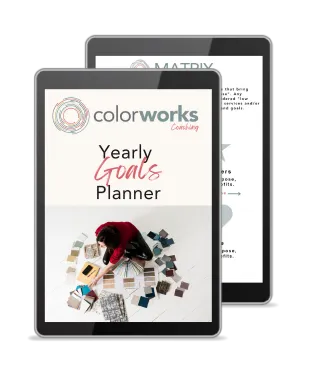
Schedule your Strategy Session With Katie

Bridging the Gap: The Vital Role of End-User Communication in Interior Design
Interior design is not merely about creating visually appealing spaces; it's about crafting environments that seamlessly integrate form and function.
To achieve this delicate balance, communication with the end user becomes paramount. By adopting the Jobs Model, interior designers can gain valuable insights into how individuals use a space, ultimately enhancing the overall design experience.
The Jobs Model: Understanding the Basics
Coined by business theorist Clayton Christensen, the Jobs Model centers around the idea that

customers "hire" products or services to do specific "jobs" for them. In the realm of interior design, spaces are designed to fulfill various roles or jobs for the end user. These jobs can range from relaxation and entertainment to productivity and collaboration.
Why Communication Matters
Tailoring Designs to Individual Needs: Engaging with end users allows interior designers to understand their unique requirements. What works for one person may not work for another, and by soliciting feedback, designers can tailor their creations to suit the specific needs of those who will inhabit the space.
Enhancing Functionality: The Jobs Model emphasizes the importance of functionality in design. By speaking directly to end users, designers can gain insights into how a space is intended to function. This input is invaluable for optimizing layouts, furniture choices, and overall design elements to enhance the functionality of the space.
Catering to Emotional Needs: Spaces have a profound impact on emotions and well-being. By conversing with end users, designers can uncover the emotional jobs a space needs to fulfill. Whether it's creating a cozy reading nook or a vibrant social area, understanding the emotional aspects of a design ensures that the final result resonates with the users on a deeper level.
Avoiding Assumptions: Design assumptions can lead to spaces that miss the mark. Speaking directly to end users helps designers avoid making assumptions about how a space should look or function. This proactive approach ensures that the design aligns with the users' expectations and lifestyle.
Case Studies: Success Through Communication
Residential Spaces: In a residential setting, communicating with homeowners is crucial. Understanding their daily routines, family dynamics, and personal preferences enables designers to create living spaces that seamlessly integrate with the residents' lives.
Office Environments: In a corporate setting, engaging with employees is essential for effective workspace design. By understanding the tasks and collaborations occurring within the space, designers can optimize layouts, furniture choices, and lighting to enhance productivity and employee satisfaction.
In the ever-evolving landscape of interior design, the Jobs Model emerges as a beacon, guiding

designers towards a holistic understanding of how spaces are meant to function for end users. To embark on a transformative journey in your interior design projects and harness the power of the Jobs Model, we invite you to reach out to Katie, on seamlessly integrating user needs into design solutions.
Katie specializes in leveraging the Jobs Model to unlock the full potential of interior spaces, ensuring that every project not only meets aesthetic standards but also aligns perfectly with the unique needs of its users.
By connecting with Katie, you gain access to a wealth of knowledge and expertise, tailored insights, and a collaborative approach that prioritizes effective communication with end users. Whether you're working on residential spaces, corporate environments, or commercial projects, Katie is here to guide you through the process of optimizing designs to fulfill the diverse jobs that spaces are hired to do.
To hear more about this topic, Katie discussed with Jason Bemis on episode 7 of our webcast/podcast Colorful Conversations, Color Theory
Where TO next?
Check Out The Podcast
Whether you’re a budding designer or a savvy entrepreneur, this webcast is your go-to source for inspiration, insights, and a dash of lively conversation. Tune in and let your imagination, business and life take flight!

WATCH NOW:


work with katie 1:1
Learn More About Success by design Coaching
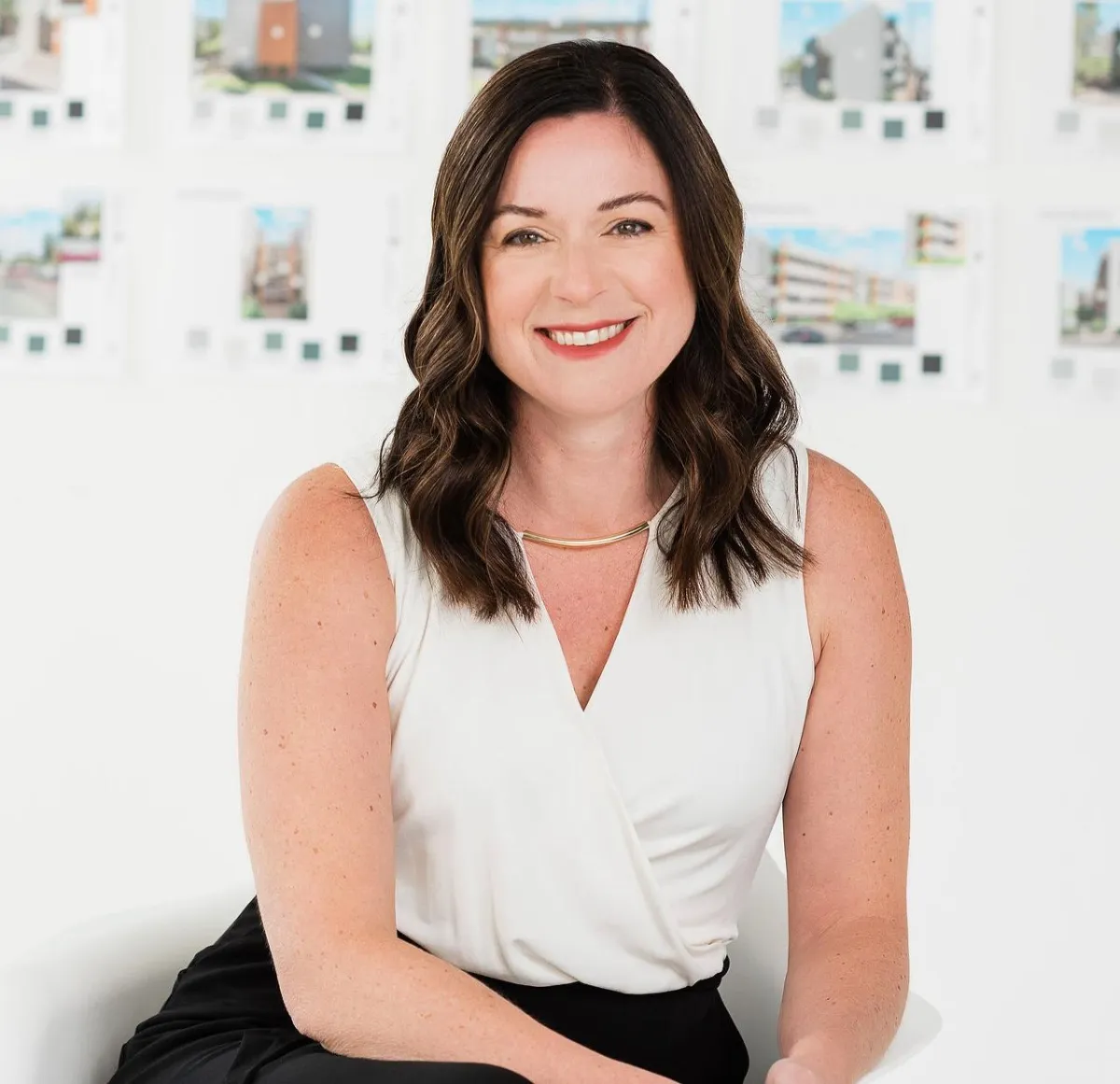
Explore
Successbydesign.coach- All Rights Reserved - Terms & Conditions - Cookie Policy
